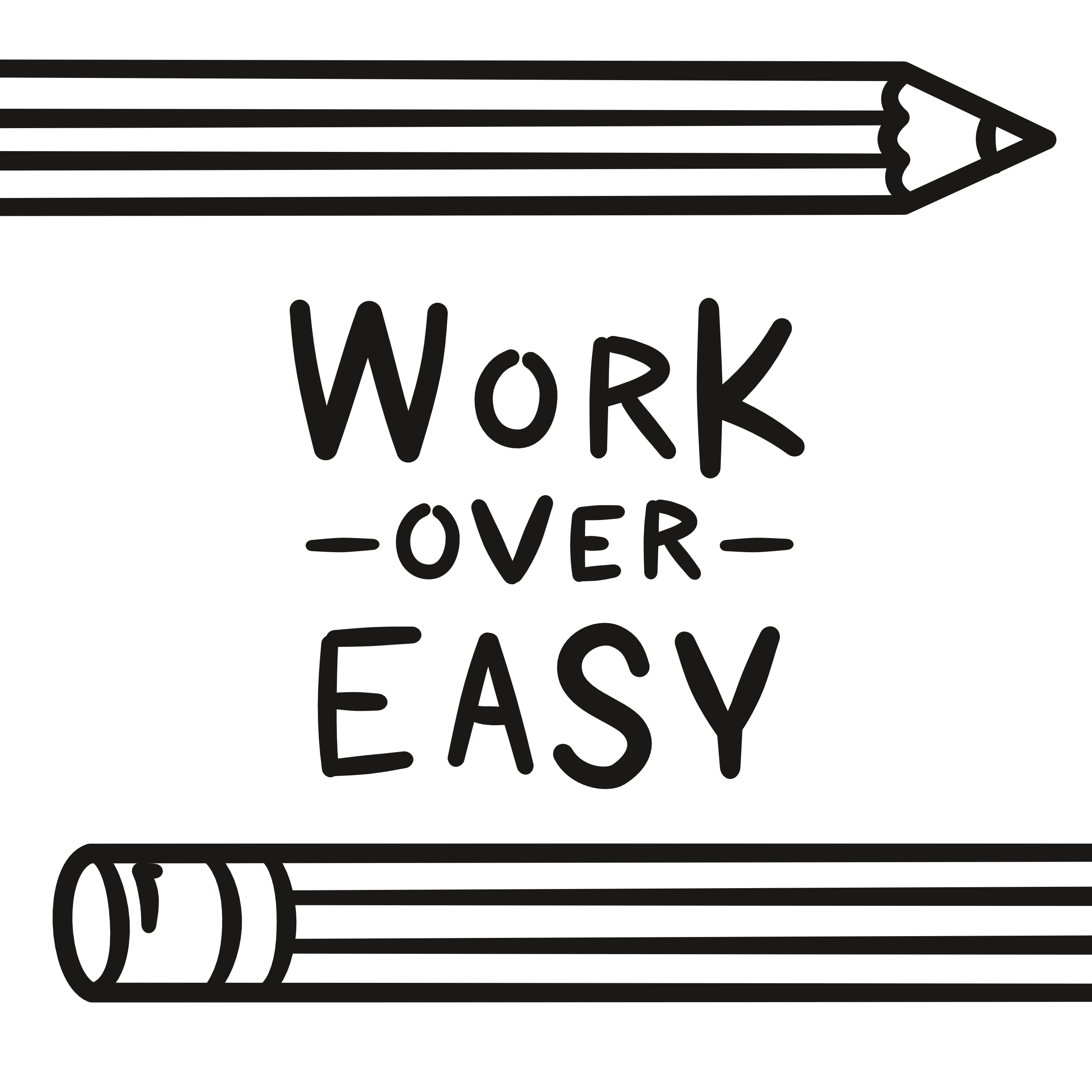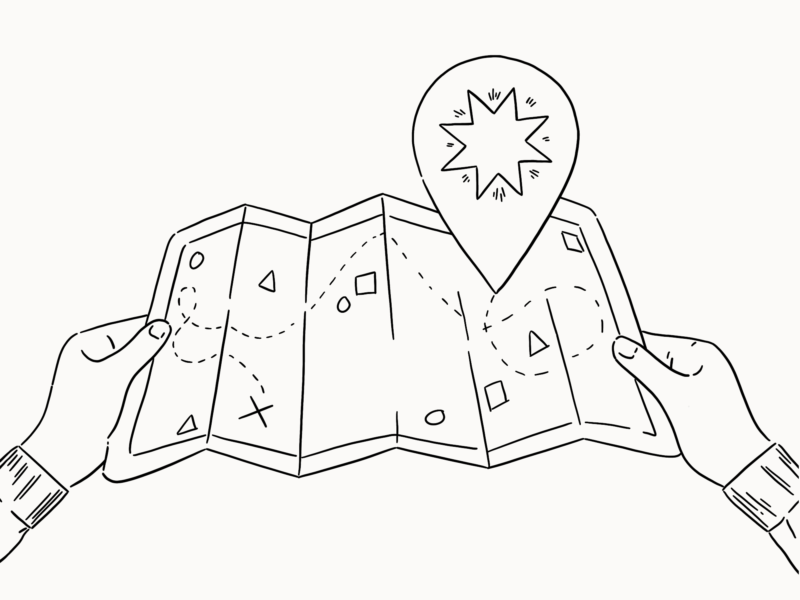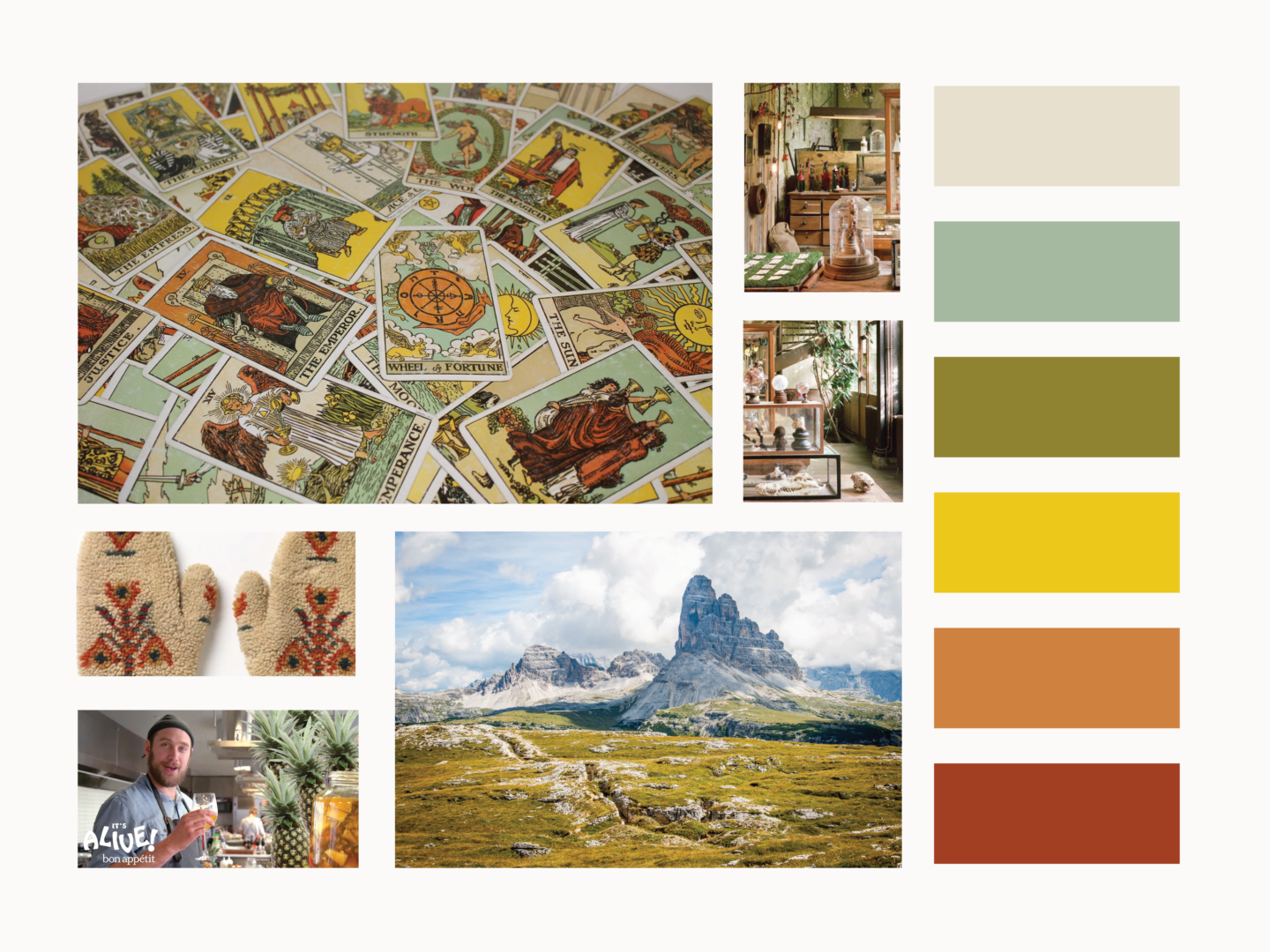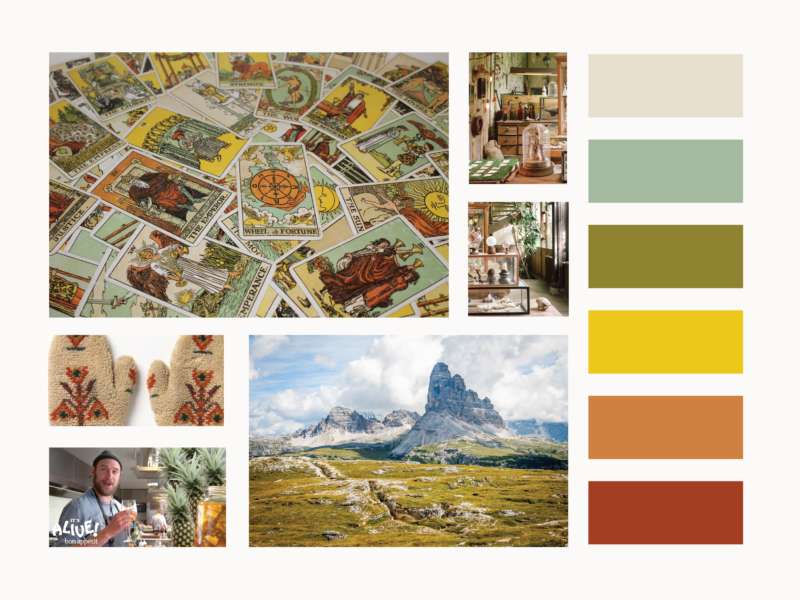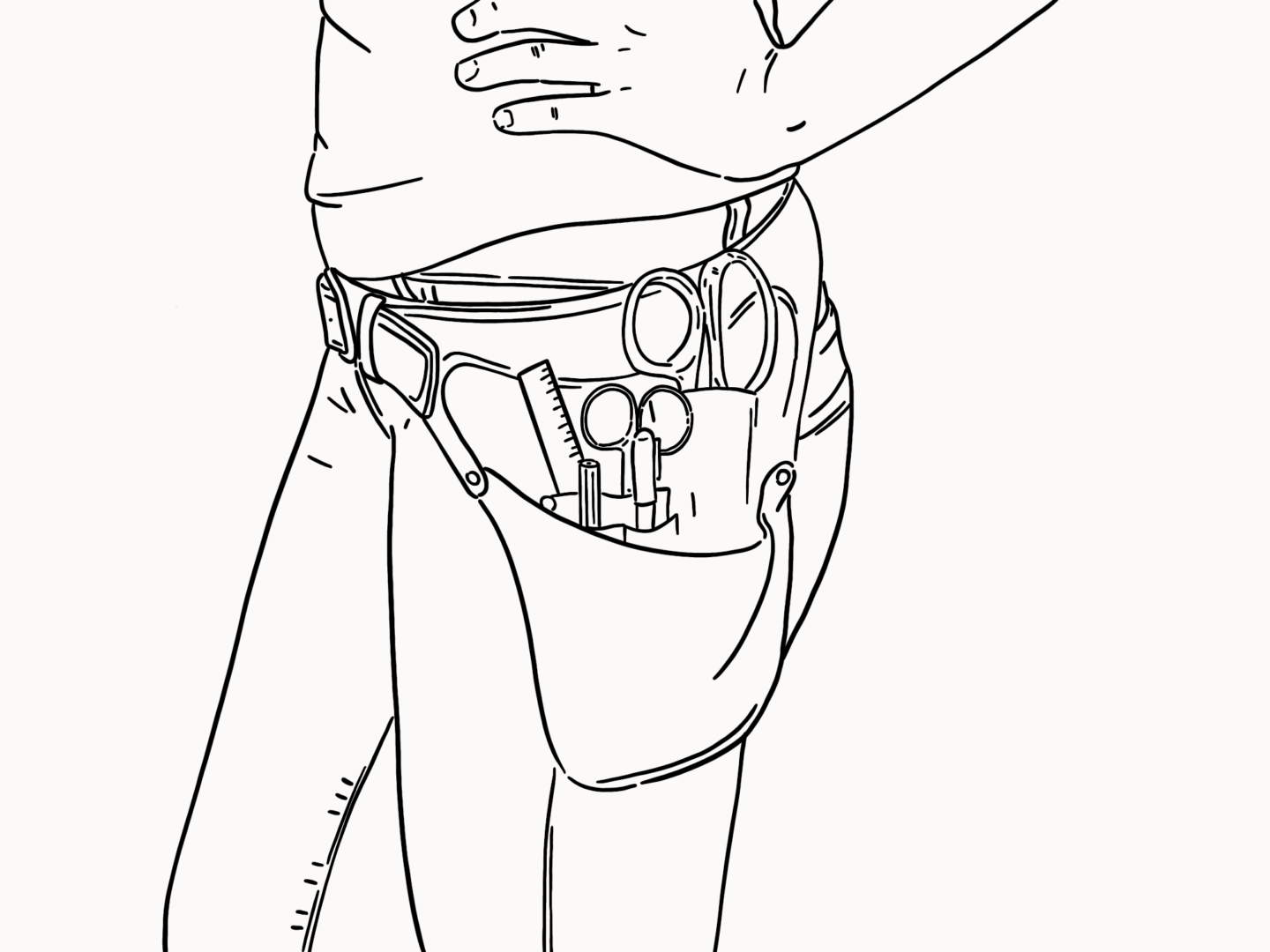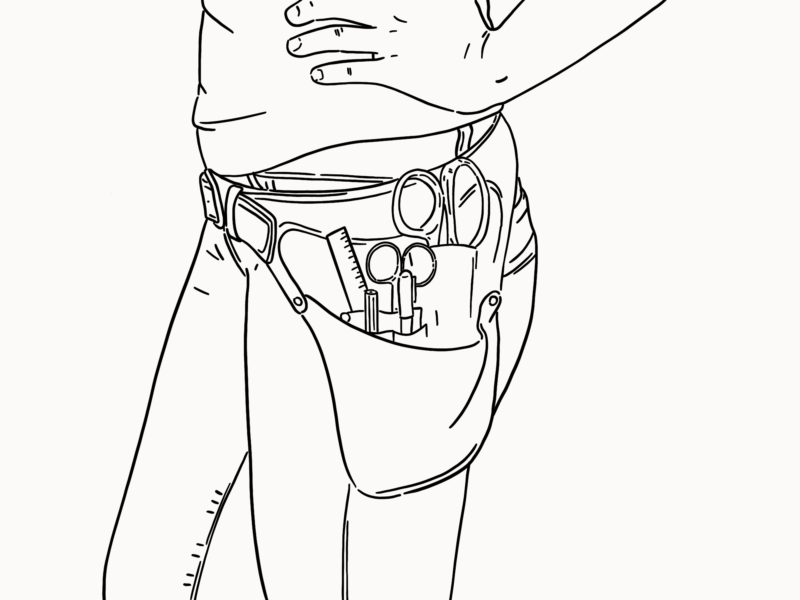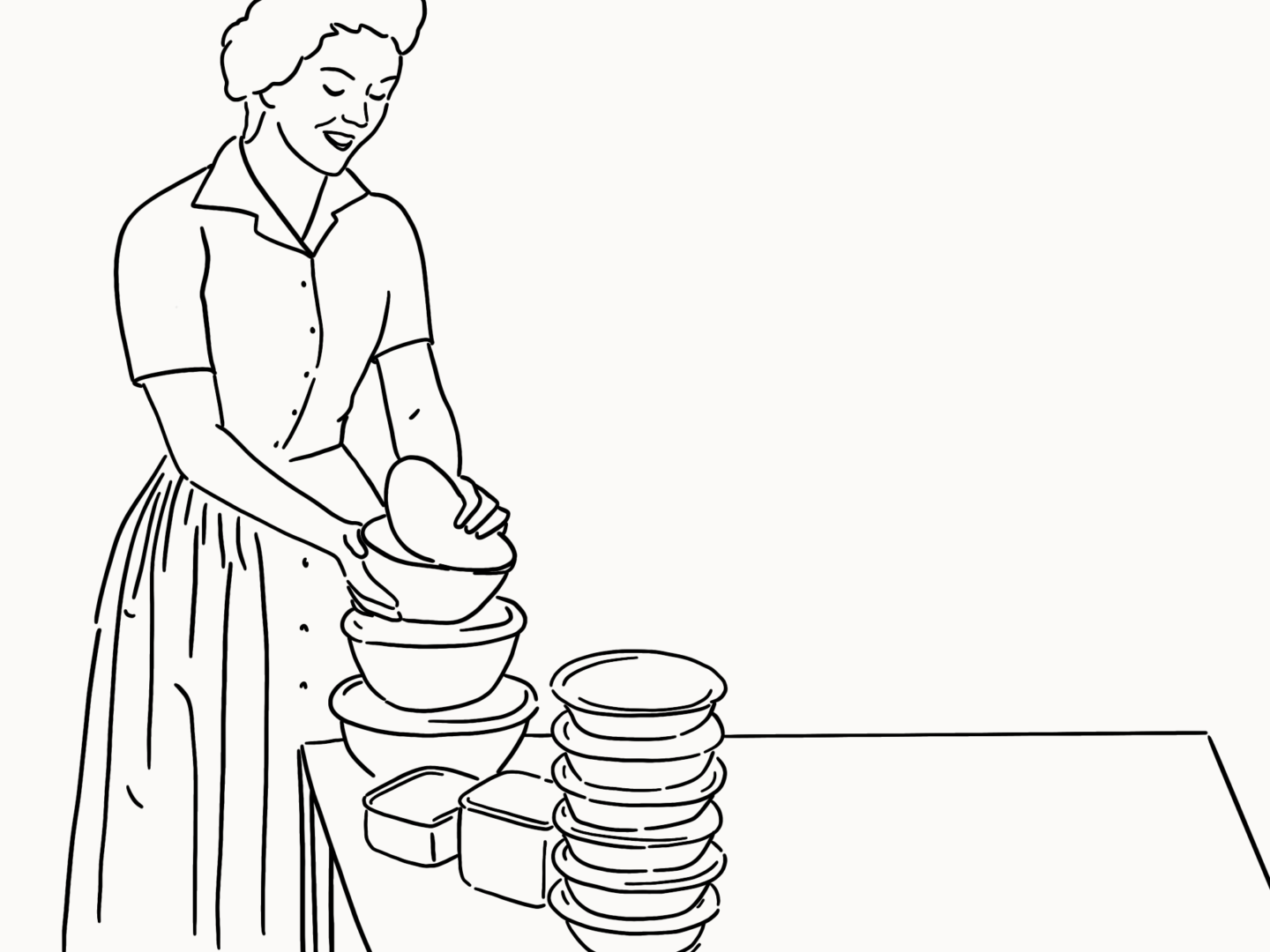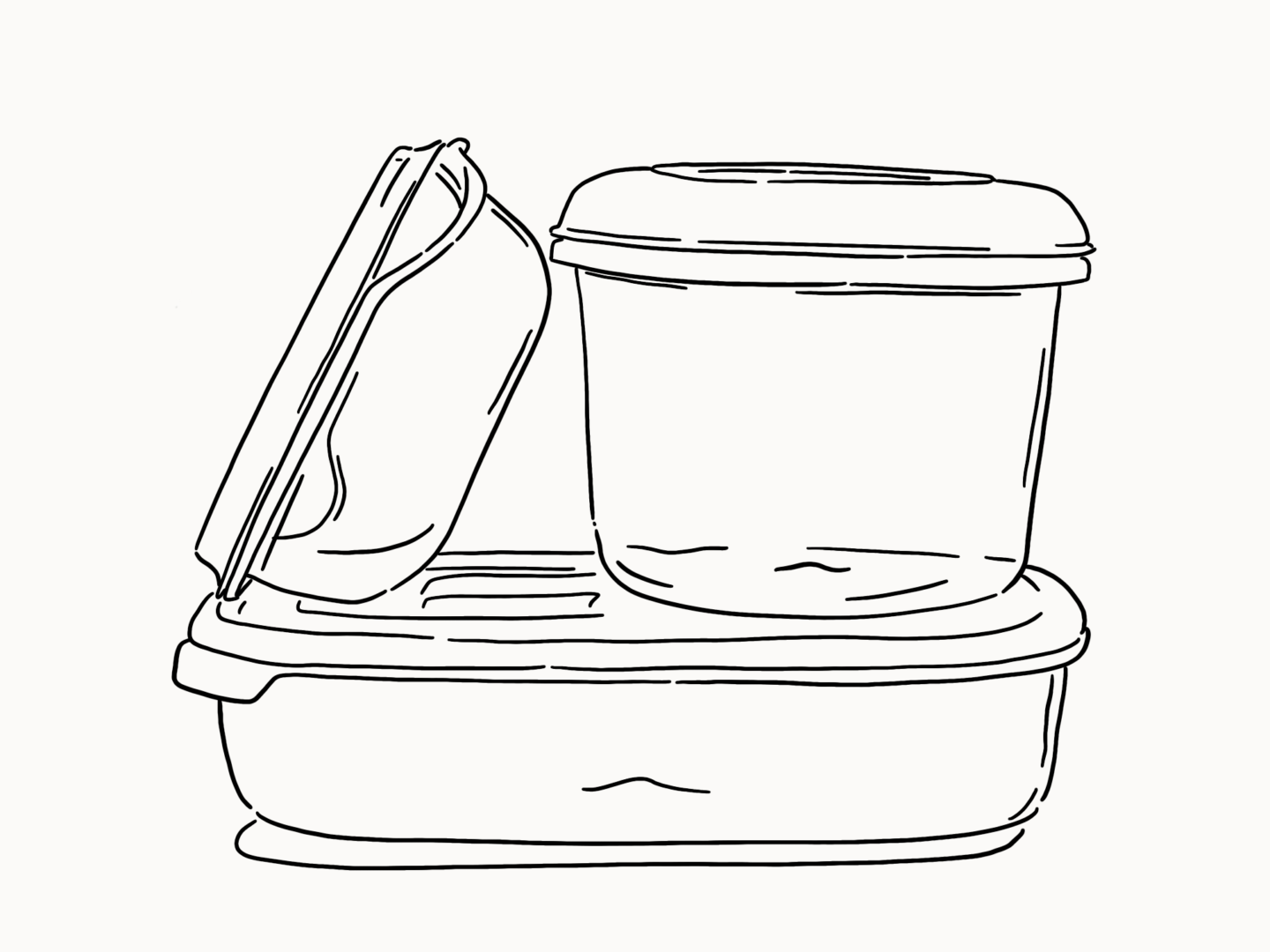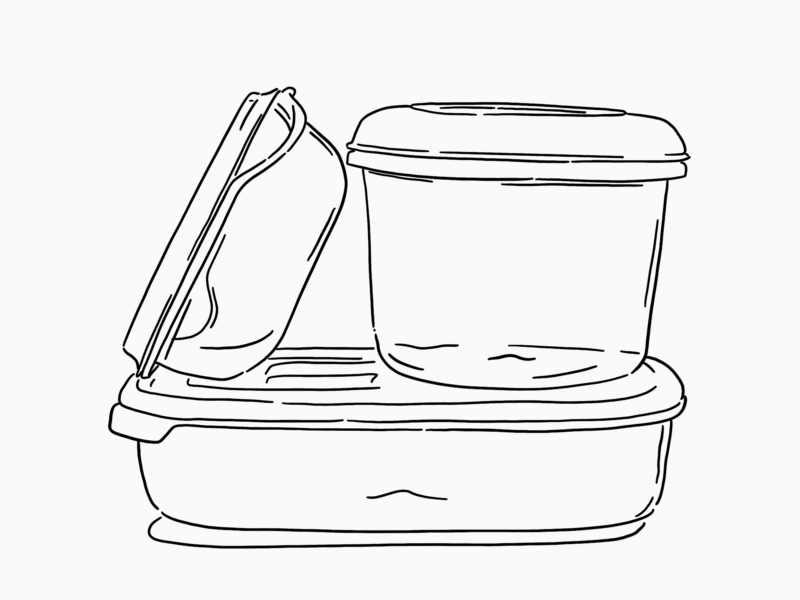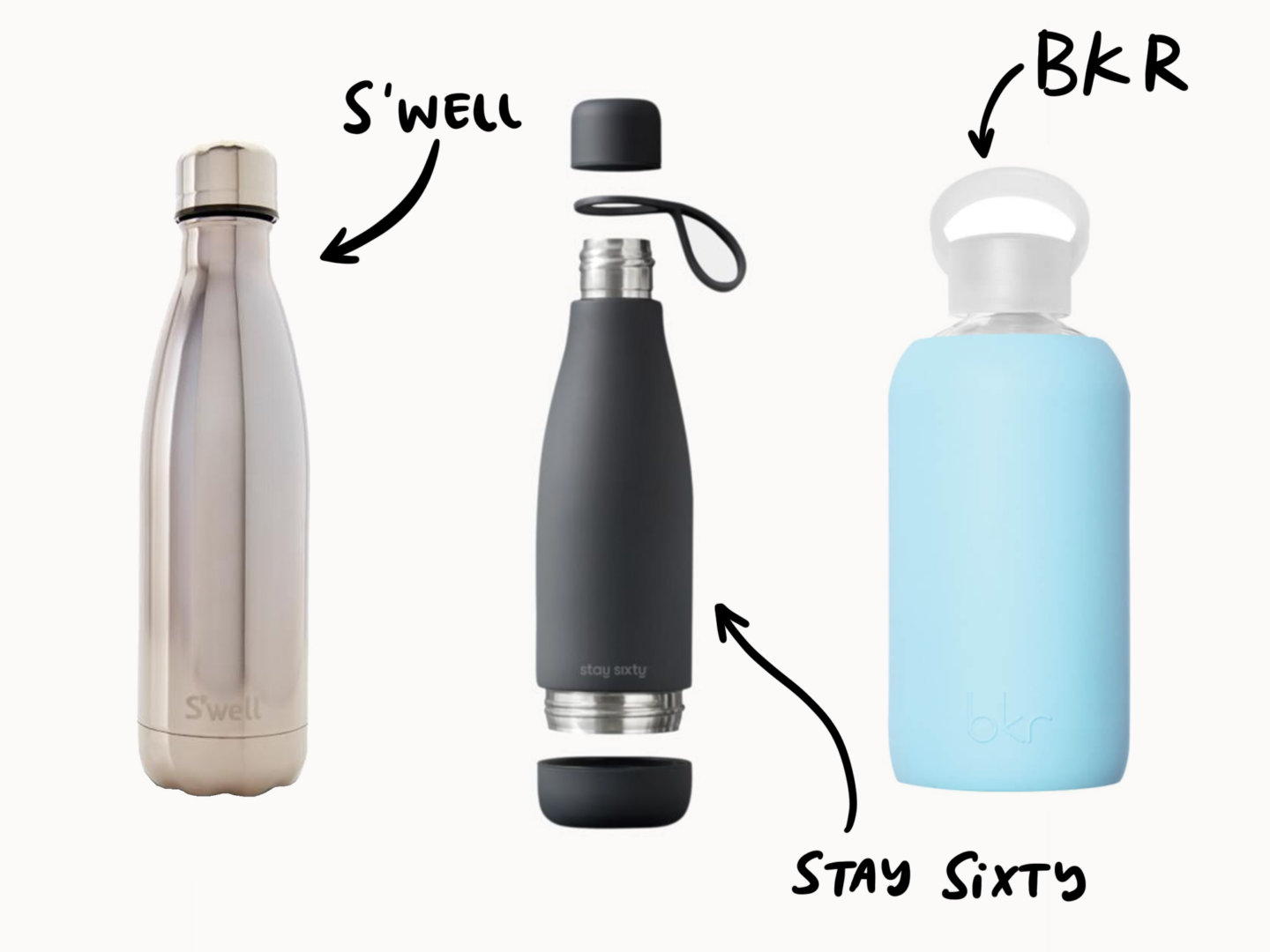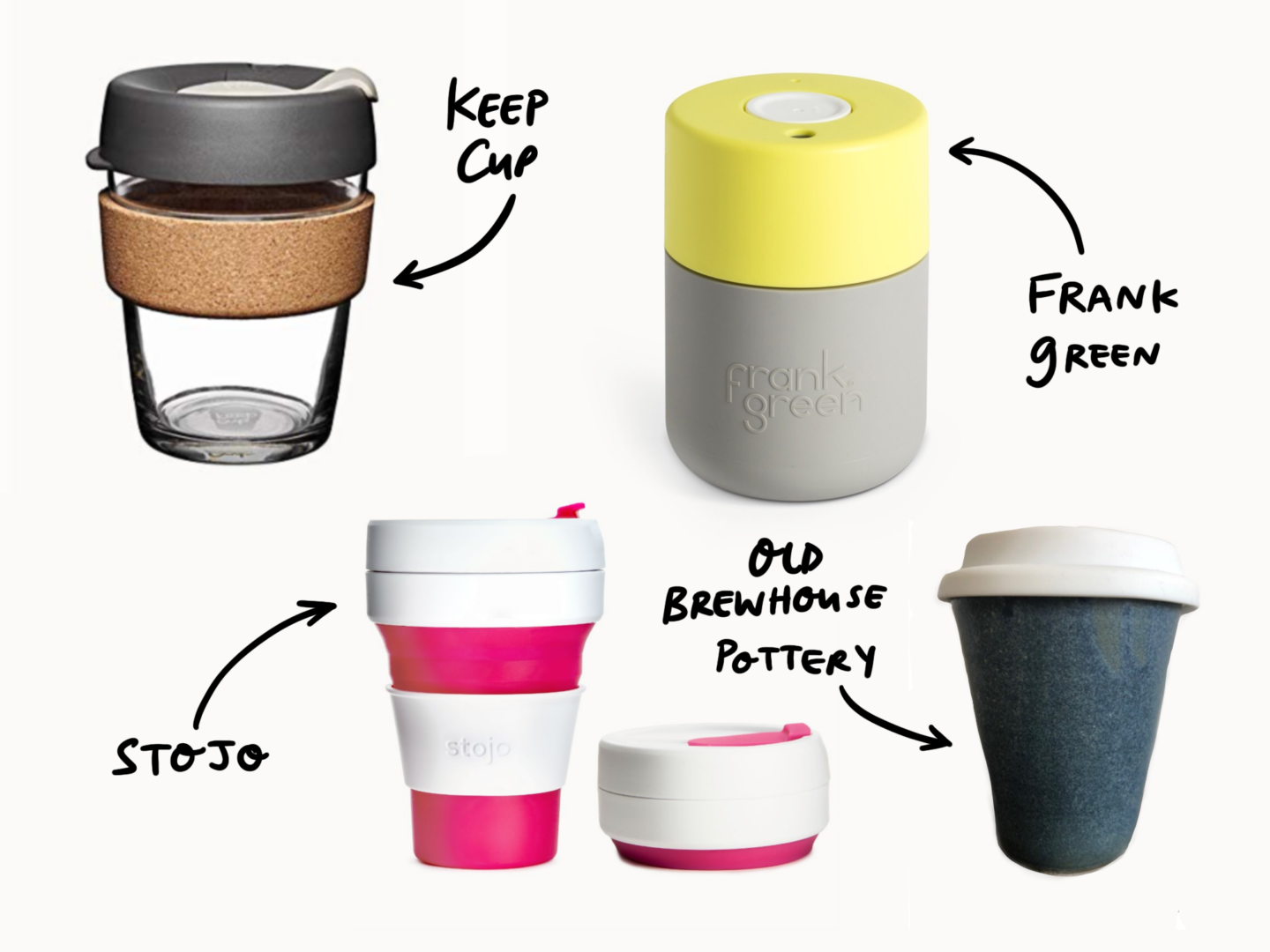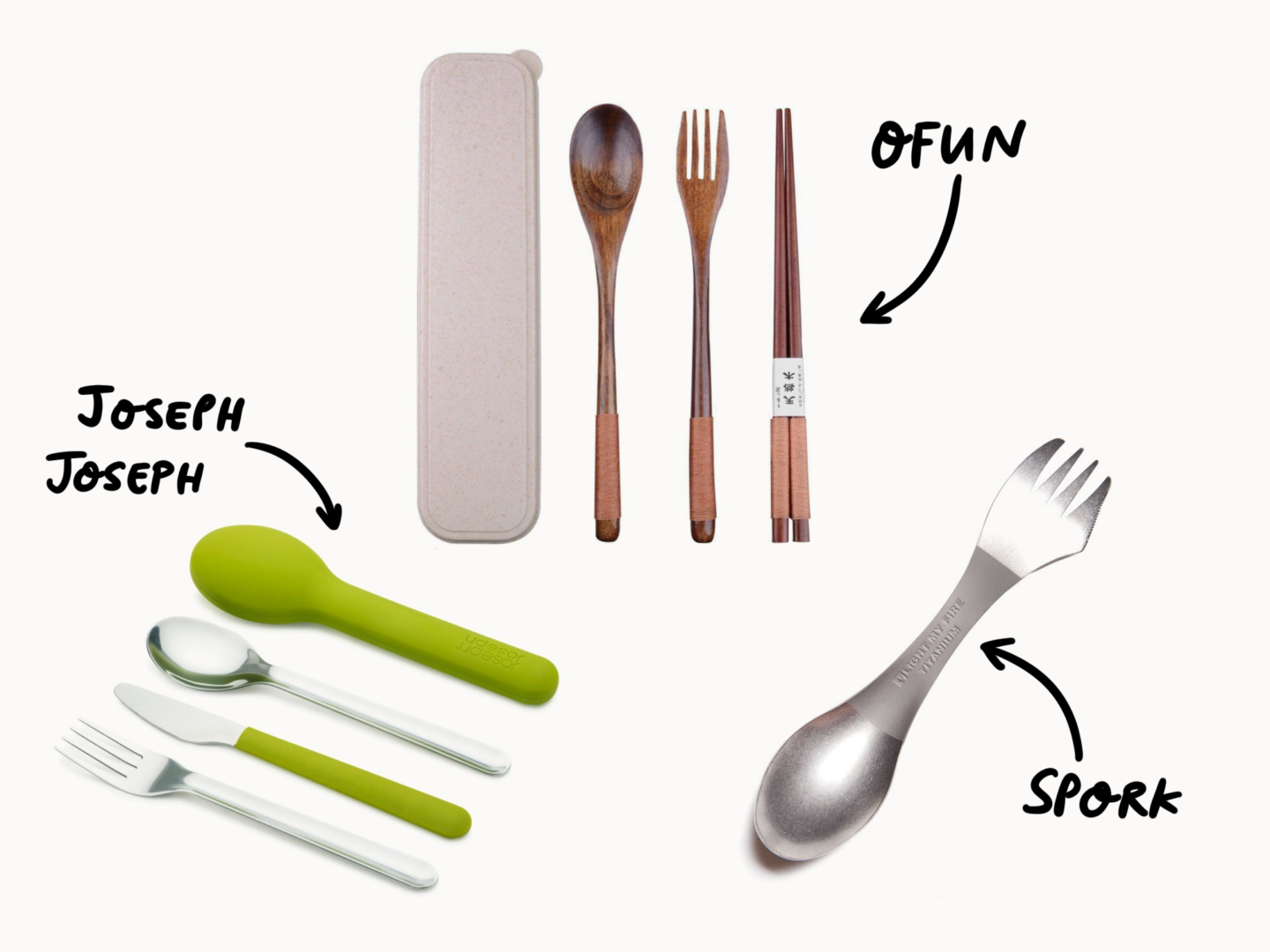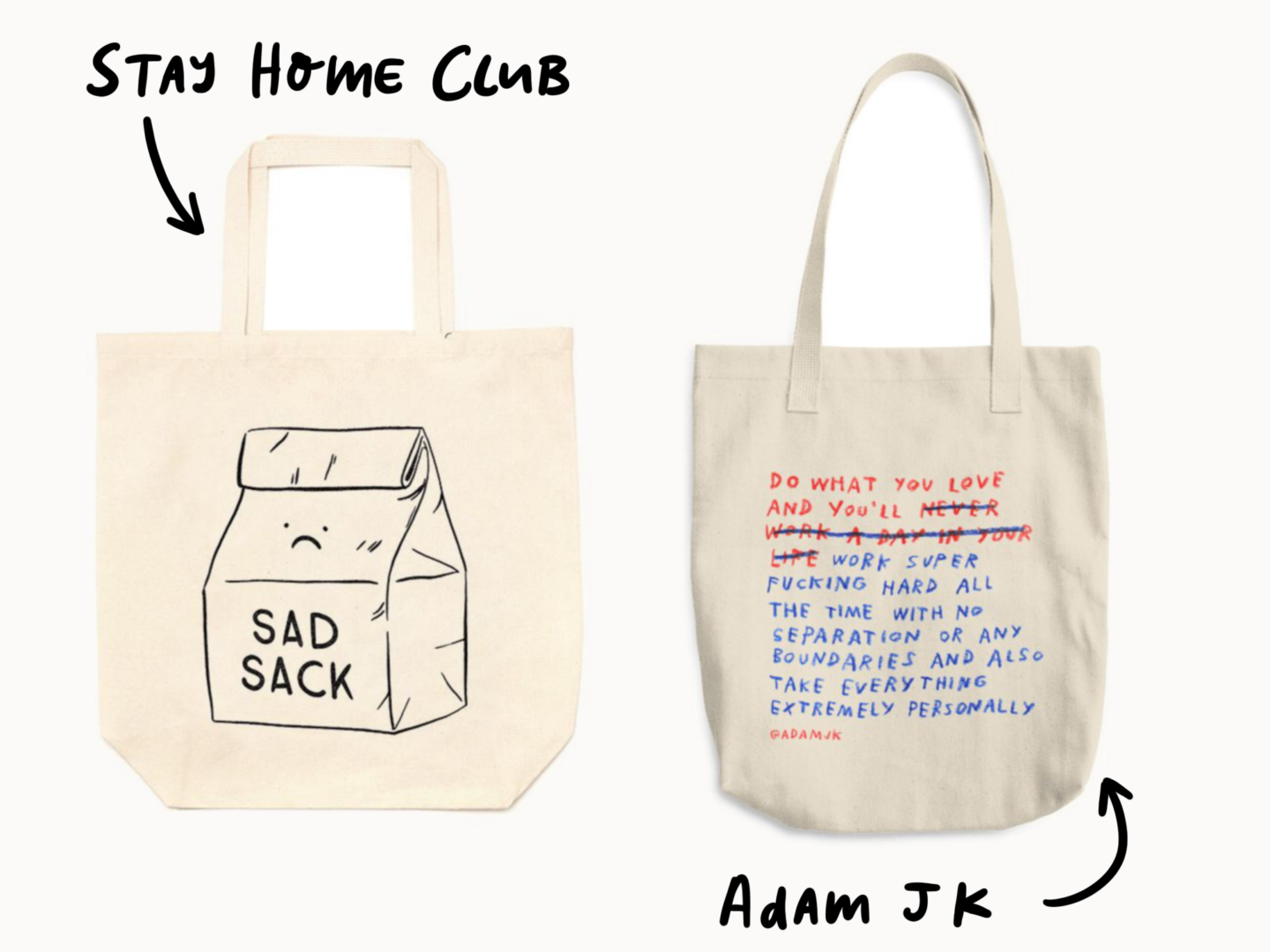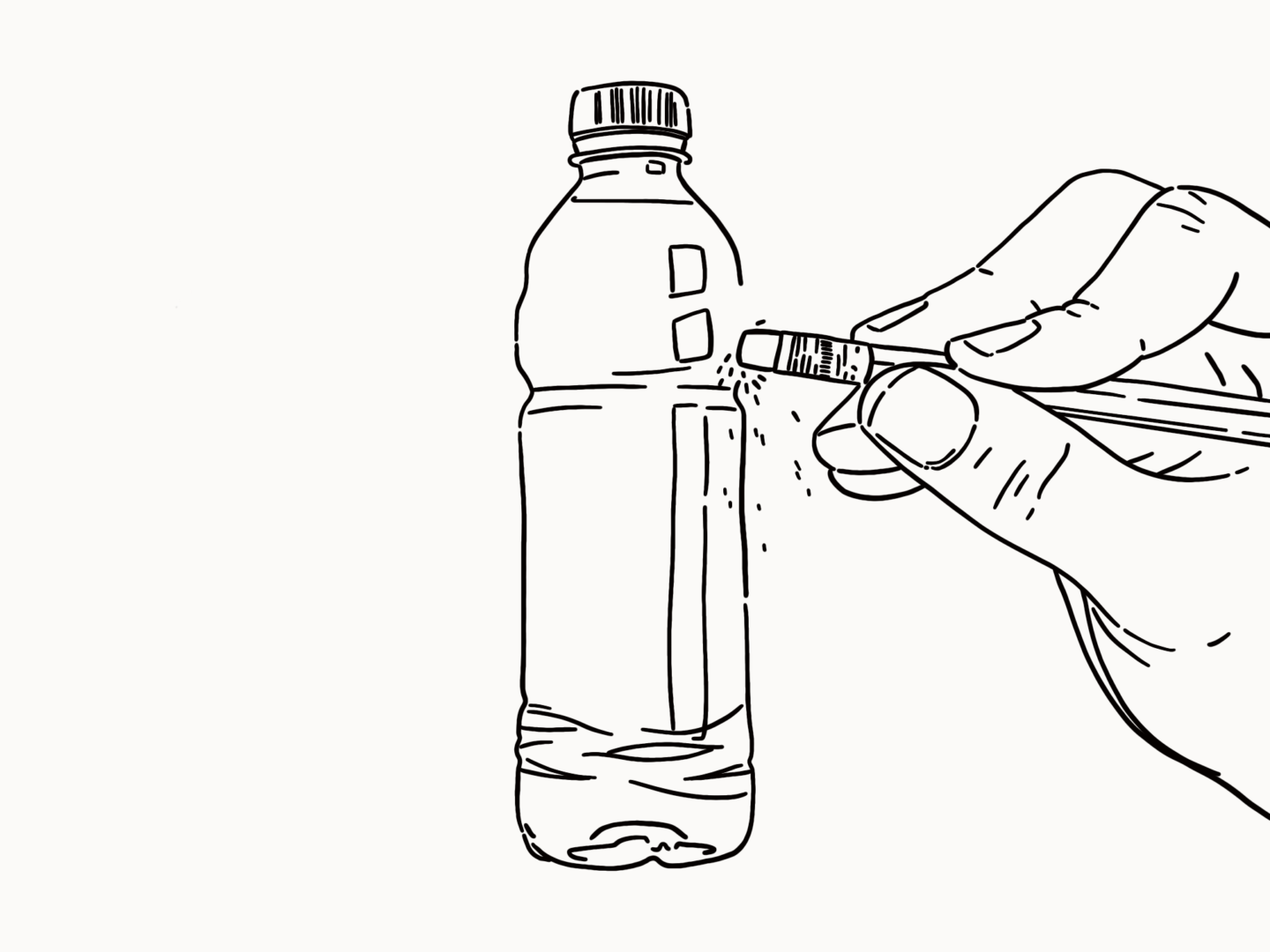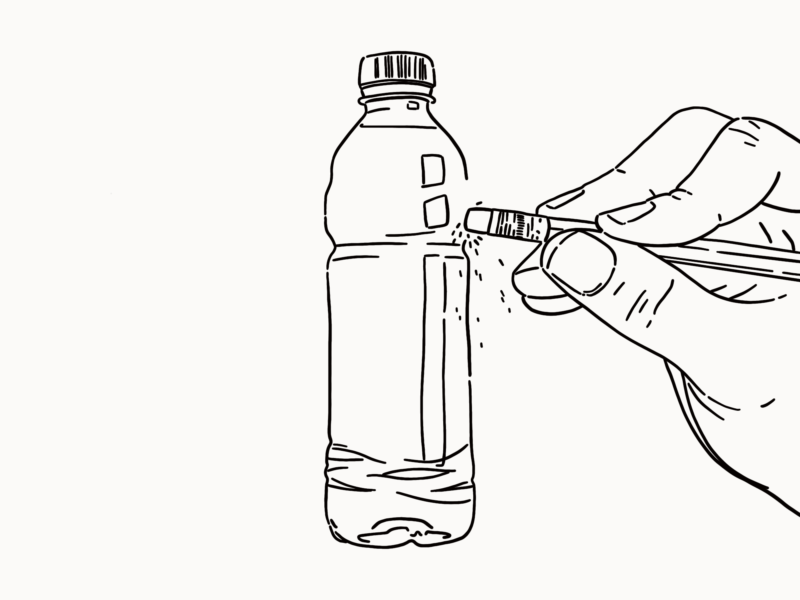I’m a big fan of Alex Mather’s Red Lemon Club, it’s full of great advice and normally some pretty wonderful illustrations to go with it. I recently revisited a post his personal blog from a while back about using idea adventures to keep your mind feeling fresh.
I’d encourage you to read the full post, it’s not too long and it’s full of wisdom, but here’s the premise in Alex’s own words:
“I decided to bring adventure into my daily life instead of a once in a year short burst.
On every day that I can, I will go on a walk, sometimes a long one, and I will bring my notepad and my phone to take pictures and videos. I will use this adventure to collect and note ideas or simply document things I see as I go.
I call them ‘Idea Adventures.’”
As someone who’s a big fan of routine, I don’t have a lot of adventure in my life. So this really resonated with me as something I could actually do to broaden my horizons and push my thinking out of its little habit box.
Last year, when I was working in a different office, I challenged myself to head into the one of the National Galleries, find a painting and just sit with it for 20 minutes. I did that every lunch break for about a month and it did me a world of good. I came away from it feeling more peaceful but I also started noticing more details in what was around me. That led into me pushing the details of my own ideas that little bit further.
I want to do something like that again, inspired by Alex’s idea adventures.
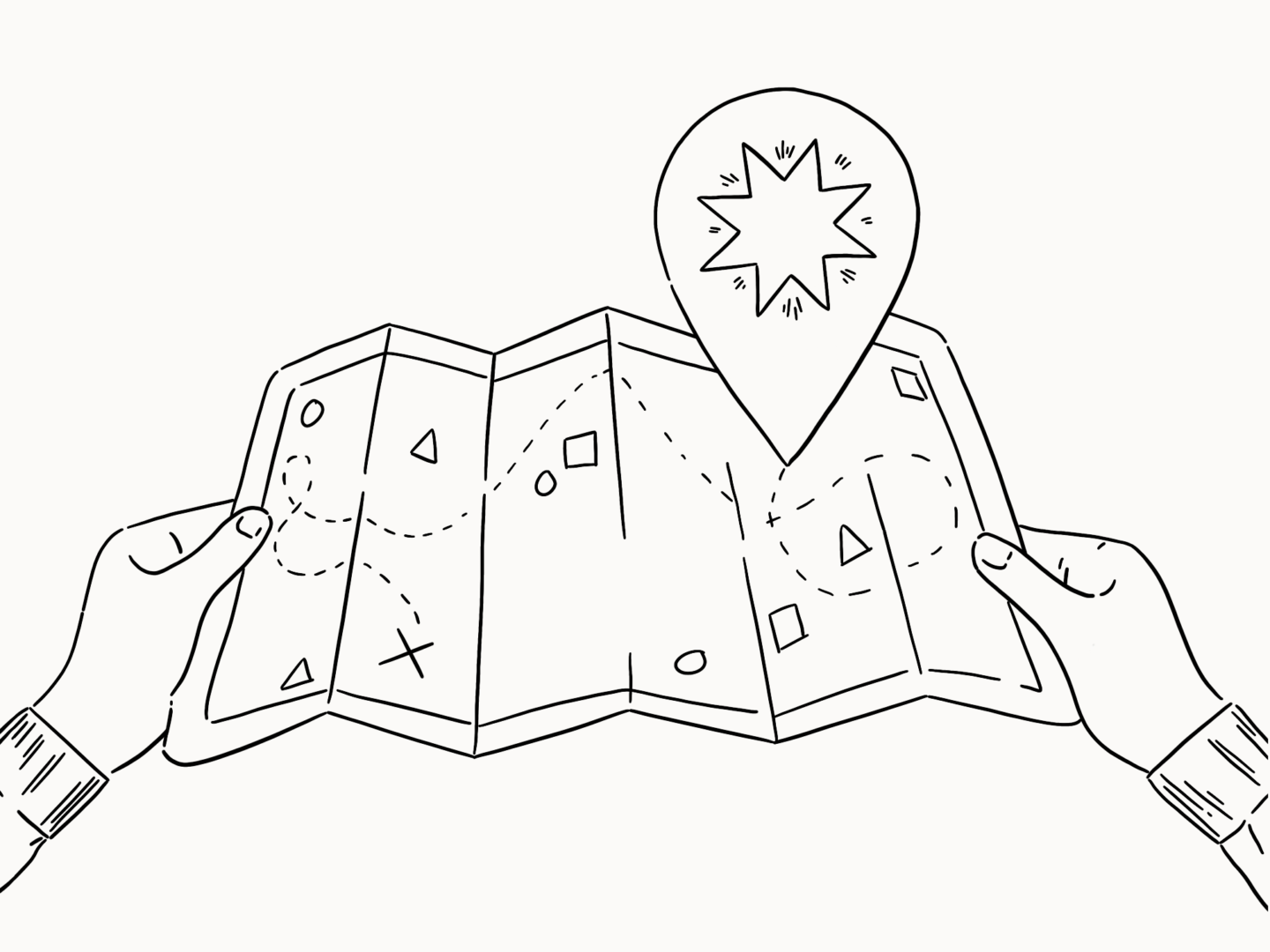
I love a good autumnal walk, and I always find the act of pacing around helps stir up new ideas – I guess that’s why the urban flanneur is such a popular trope. Plus, now I’ve moved offices, I want to explore the area and get out of what can be a very sanitised high rise tower block. The combination of movement and a new perspective is incredibly enticing, even if it doesn’t do anything for pushing my creativity. But I have an inkling it will.
While I don’t think I can commit to every lunchtime straight away because the job I do now is quite different, I do want to make a commitment. I want to go on a walk to somewhere new, or using a new route, 3 times a week over lunch and just sit. Sit and watch and record something.
I don’t want to pressure myself to sketch, so I’m open to taking photos or notes too, anything that documents the experience and I can draw from in a more permanent form. In part because I want to be able to collect up those experiences and use them. In part because I know that the act of having to crystalise an experience down in a physical format always requires you to think about it a little bit more. You have to examine the experience in order to frame it.
I’m going to be documenting this mini project over on my Instagram stories, and perhaps on Twitter too, as a more informal ad hoc way of sharing. But if it turns out well I’ll be sure to write about it more thoroughly on here.
Who’s up for adventuring with me?

